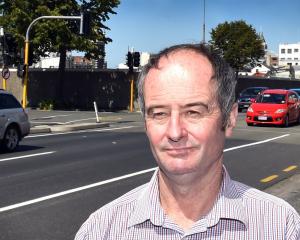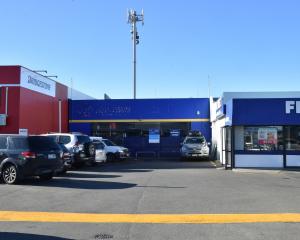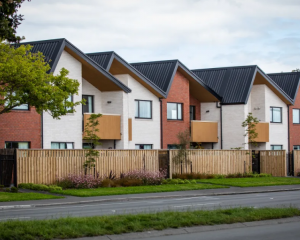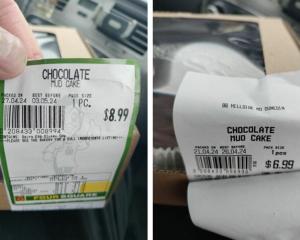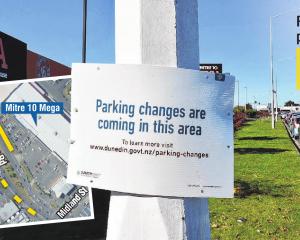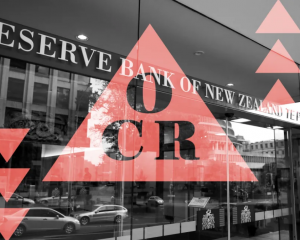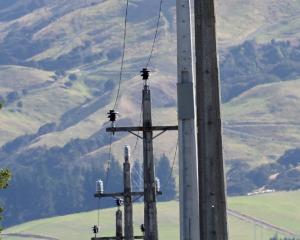Contact Energy's half-year result has been undermined by low lake levels and increased operating costs from alternative generation sources - with after-tax profit down from $95 million to $58 million.
Contact chief executive Dennis Barnes said progress had been made in an improved operational performance, despite poor hydrology and a highly competitive market.
``Low rainfall into our South Island hydro catchments meant we were more reliant on higher-cost generation from our thermal power stations and other generation companies,'' he said.
While revenue for the six months to December rose from $1.03 billion to $1.19 billion, operating earnings before interest and tax declined from $163 million to $127 million and after-tax reported profit declined from $95 million to $58 million.
Mr Barnes said a focus on cash flow during the period saw a 9%, or $11 million, reduction in operating costs and a 40%, or $26 million, decline in cash capital expenditure.
Contact declared a 2c increase in its dividend to 13c. Following the announcement, its shares rose 1c to $5.35.
Contact's separate operating data for January yesterday noted another weak month and while there had been heavy rain in early February, hydro storage levels were still tracking below average, Forsyth Barr broker Damian Foster said.
While earnings before interest, tax, depreciation and financial instruments was down $28 million on a year ago, the $236 million booked was in line with expectations.
``The big drag on earnings was poor hydrology in first half 2018 and the flow-on effects of higher generation operating costs,'' he said.
Craigs Investment Partners broker Peter McIntyre said while the result was ``disappointing'', it had been well signalled and mostly due to hydrology.
There had been a ``strong focus'' to glean the $11 million reduction in operating costs: labour costs were down $4 million, there was a $2 million reduction in bad debt write-offs, a $2 million reduction in information technology expenditure and $2 million saved through operational improvements.
Net debt declined by $24 million, while overall gearing reduced from 36% to 35%, he said.
Mr Foster said the $59 million after-tax profit was $2 million lower than Forsyth Barr forecasts, the main factor being the slightly higher depreciations level which was up $8 million on a year ago.
Mr Foster said Contact's outlook commentary was ``limited, as usual'', but noted dry conditions would continue to provide ``some headwinds''.
Mr Barnes said ``the extent of the current dry period, its impact on hydro inflows and the Government's Electricity Pricing Review all present potential operational challenges for the remainder of the year.''
Mr Foster said given Contact had boosted the interim dividend to 13c, it had recommitted to delivering the forecast 32c full year dividend, despite the ``short-term disappointment'' of the first-half result.

